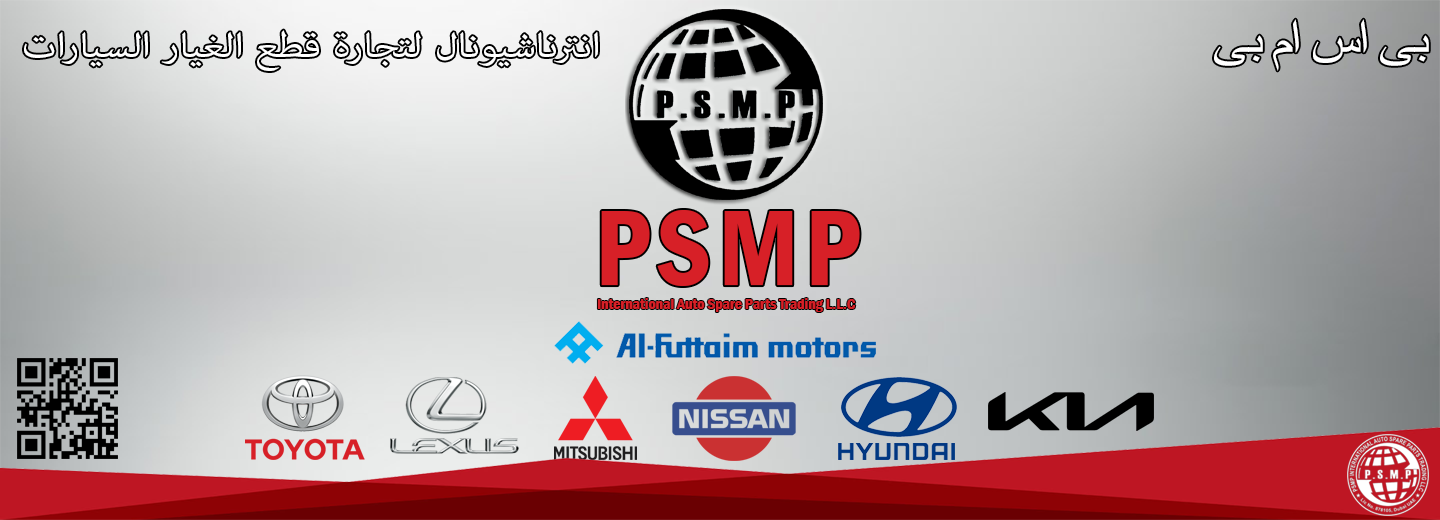
Brake Shoes are part of brake system in the lining table to resistant against heat & friction coefficient of temperature & humidity.
Every Things About Brake Shoes.
Brake shoes are typically made of two pieces of sheet steel welded together. The friction material is either rivetted to the lining table or attached with adhesive. The crescent-shaped piece is called the Web and contains holes and slots in different shapes for return springs, hold-down hardware, parking brake linkage and self-adjusting components. All the application force of the wheel cylinder is applied through the web to the lining table and brake lining. The edge of the lining table generally has three “V"-shaped notches or tabs on each side called nibs. The nibs rest against the support pads of the backing plate to which the shoes are installed. Each brake assembly has two shoes, a primary and secondary. The primary shoe is located toward the front of the vehicle and has the lining positioned differently than the secondary shoe. Quite often the two shoes are interchangeable, so close inspection for any variation is important.
Brake shoes are an integral part of the braking system of a motor vehicle. When a driver steps on the brake , the brake shoe is the mechanical part that he or she is ultimately controlling to bring the car to a stop. The backing of a brake shoe is a metal part, but the area that actually comes in contact with the brake is padded to provide friction to stop the car without damaging the brake itself. Brake shoes are found inside of drum brakes ; disc brakes have calipers, which serve the same function in a slightly different way.
The brake shoe carries the brake lining, which is riveted or glued to the shoe. When the brake is applied, the shoe moves and presses the lining against the inside of the drum. The friction between lining and drum provides the braking effort. Energy is dissipated as heat.
Modern cars have disc brakes all round, or discs at the front and drums at the rear. An advantage of discs is that they can dissipate heat more quickly than drums so there is less risk of overheating.
The reason for retaining drums at the rear is that a drum is more effective than a disc as a parking brake.




 +971 4 265 5305
+971 4 265 5305